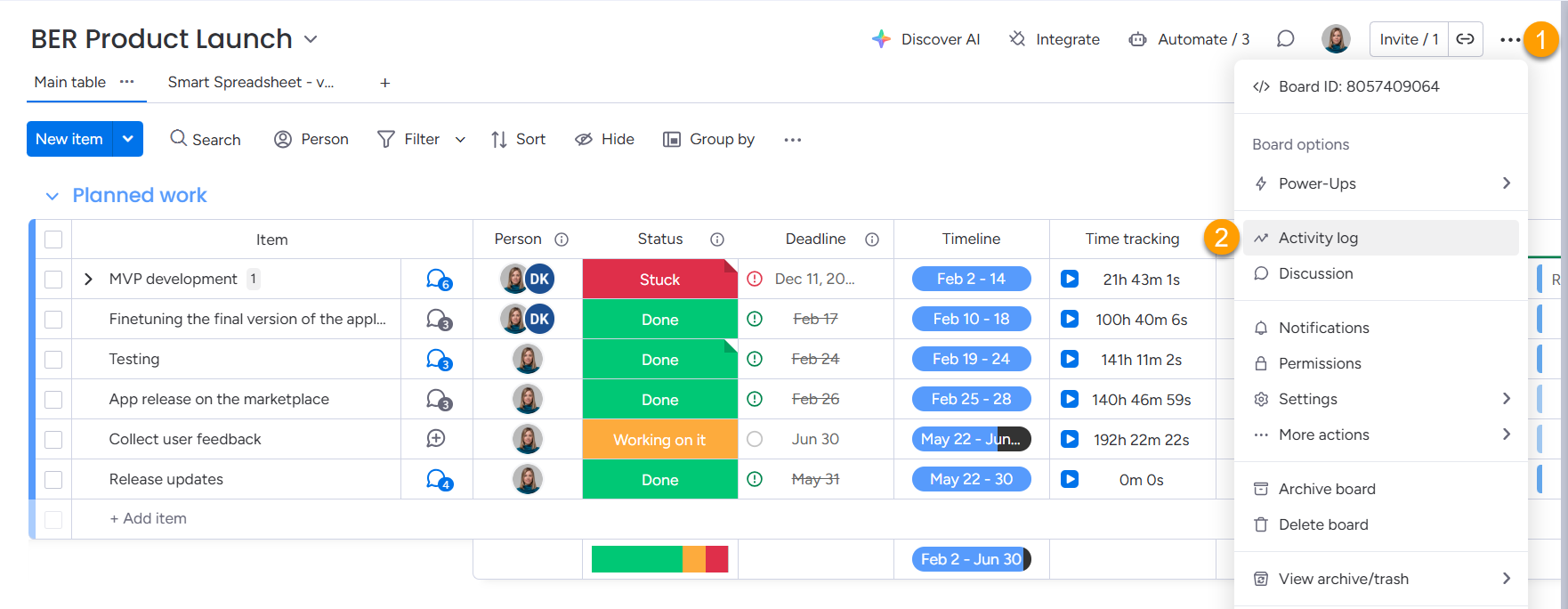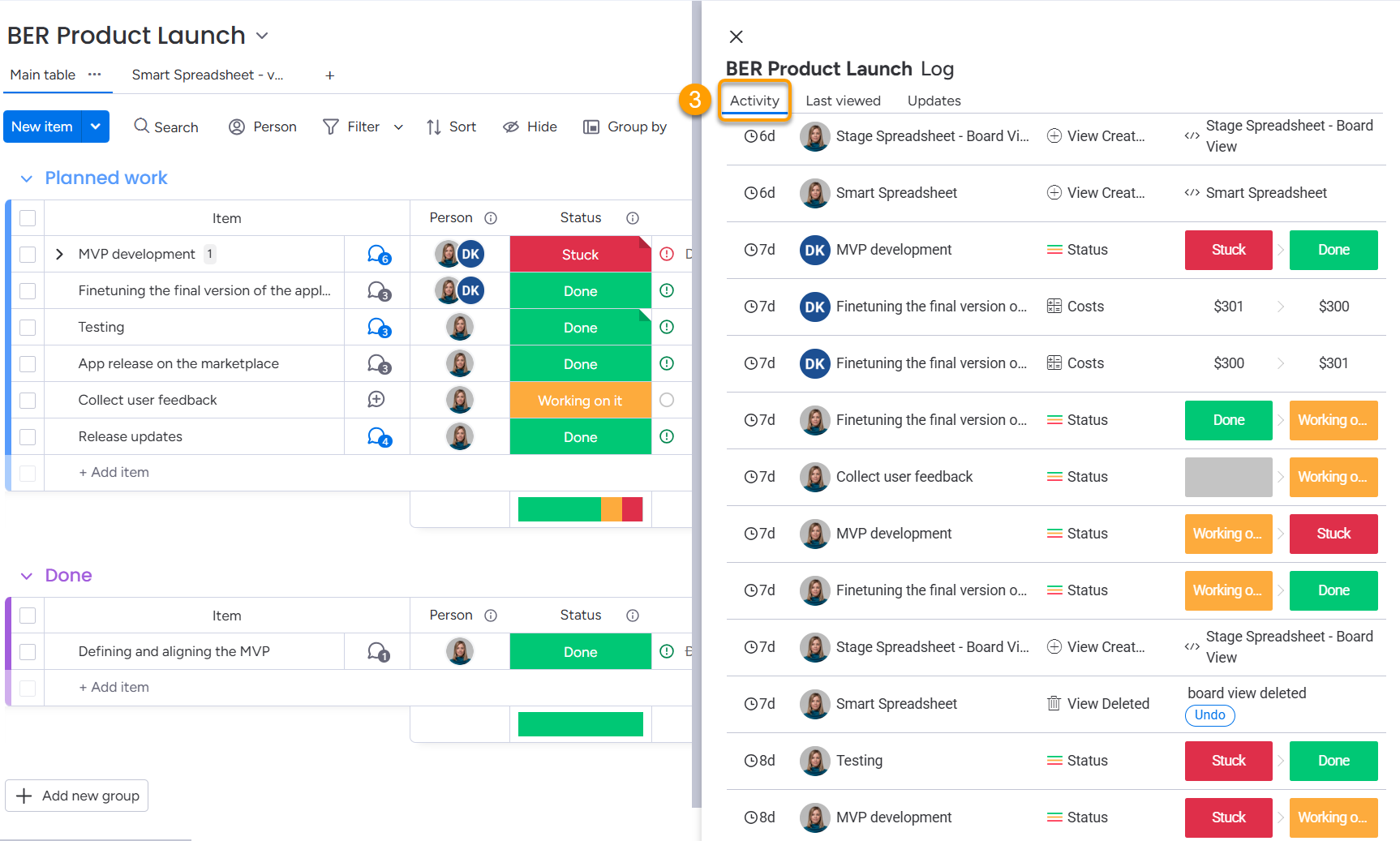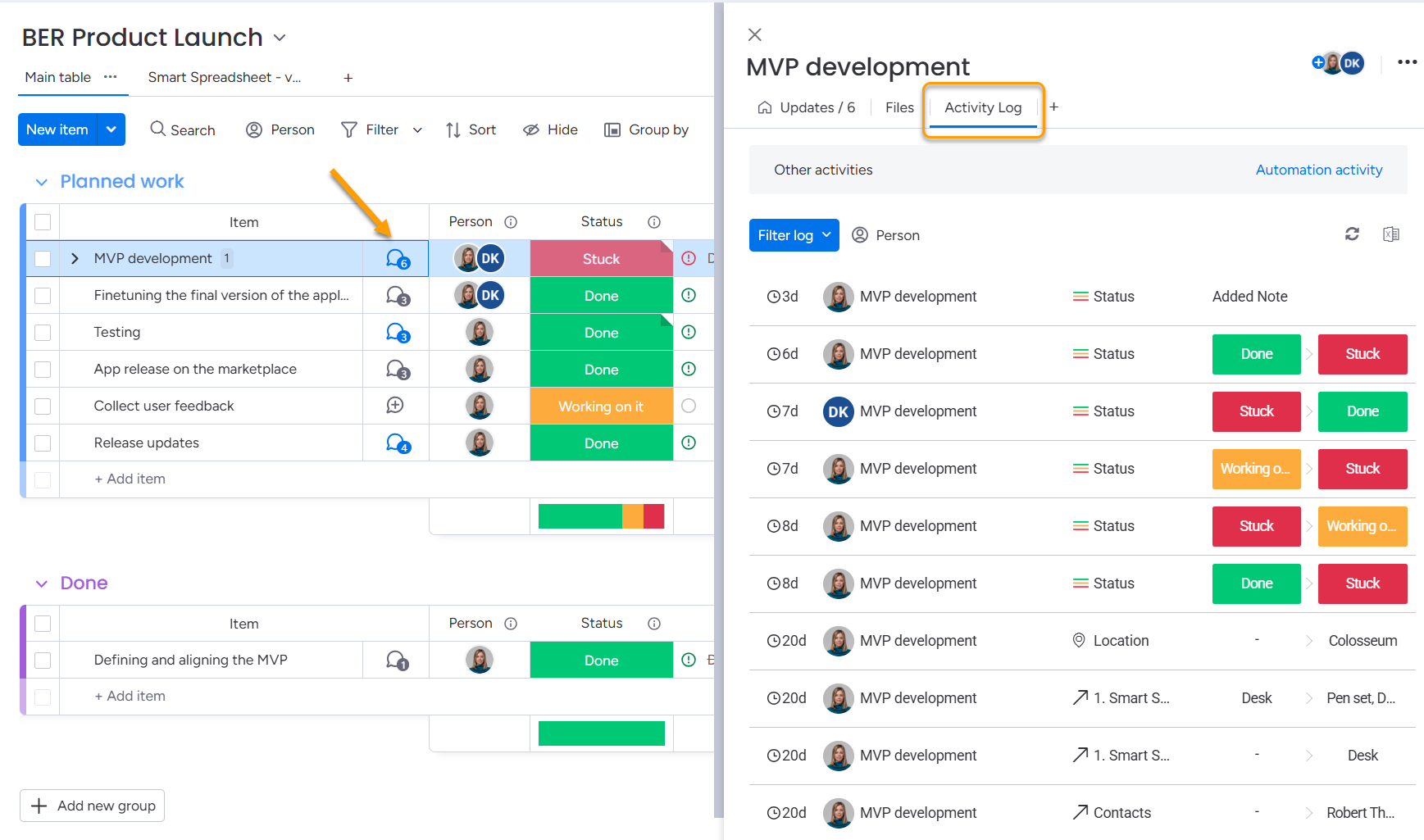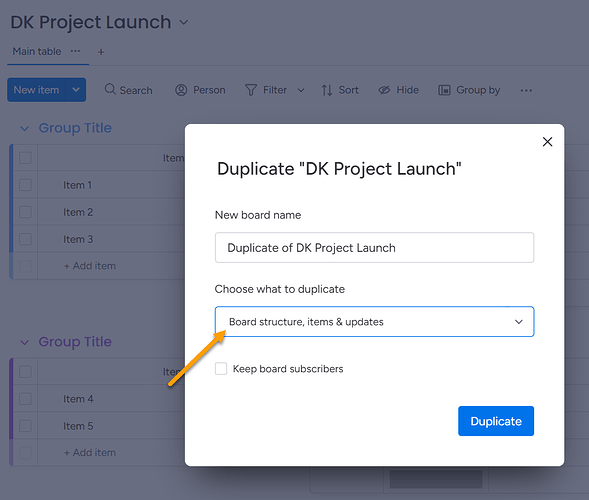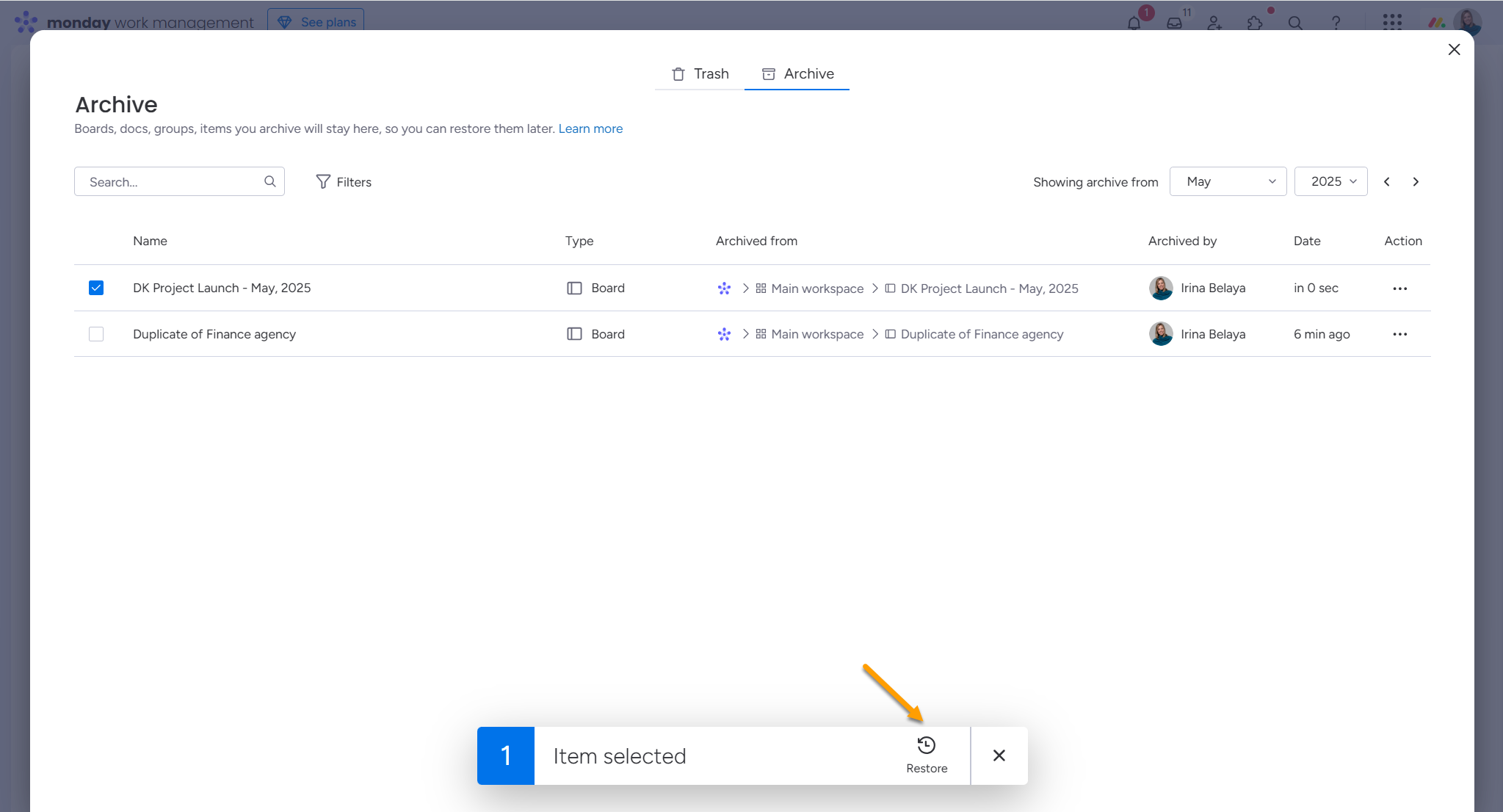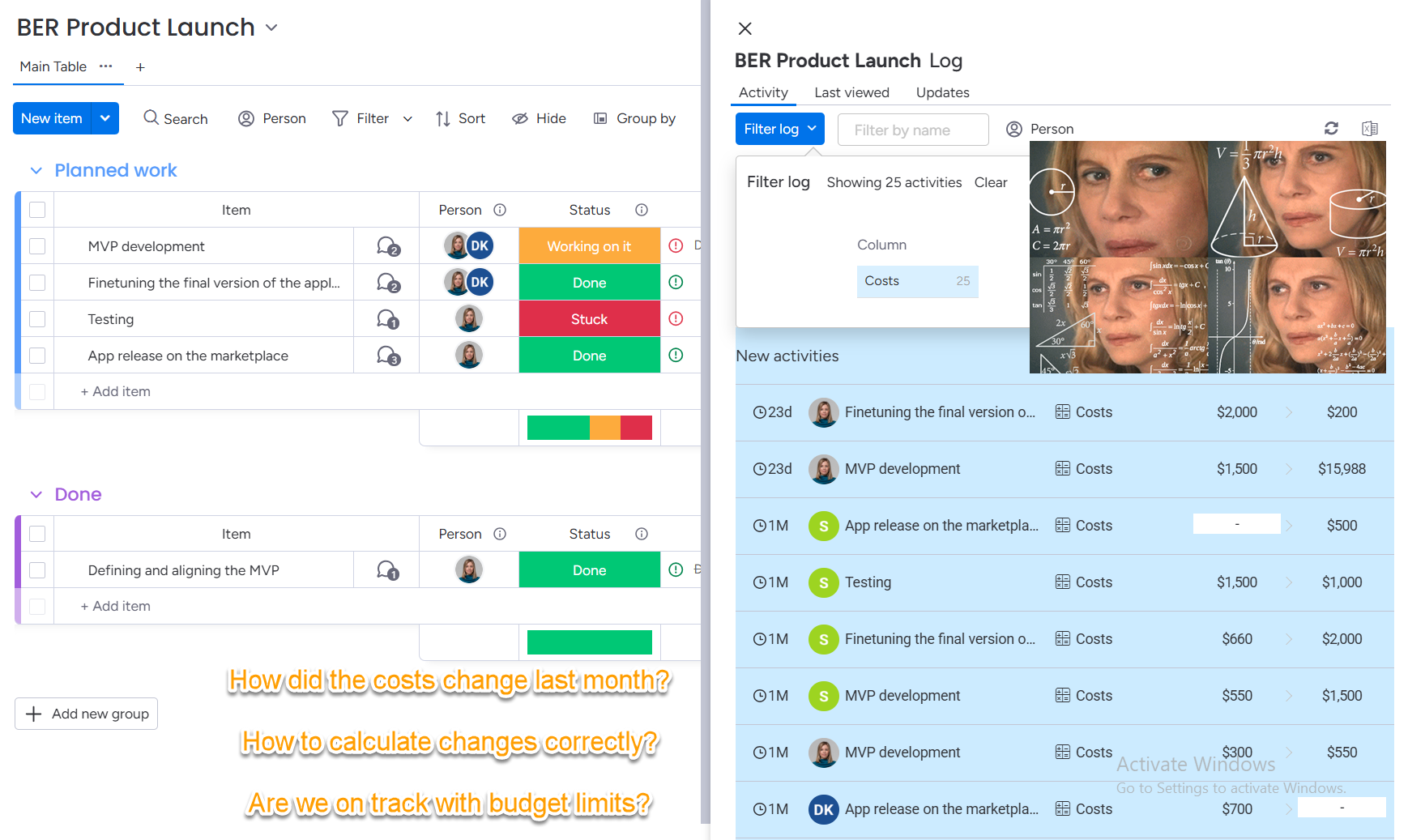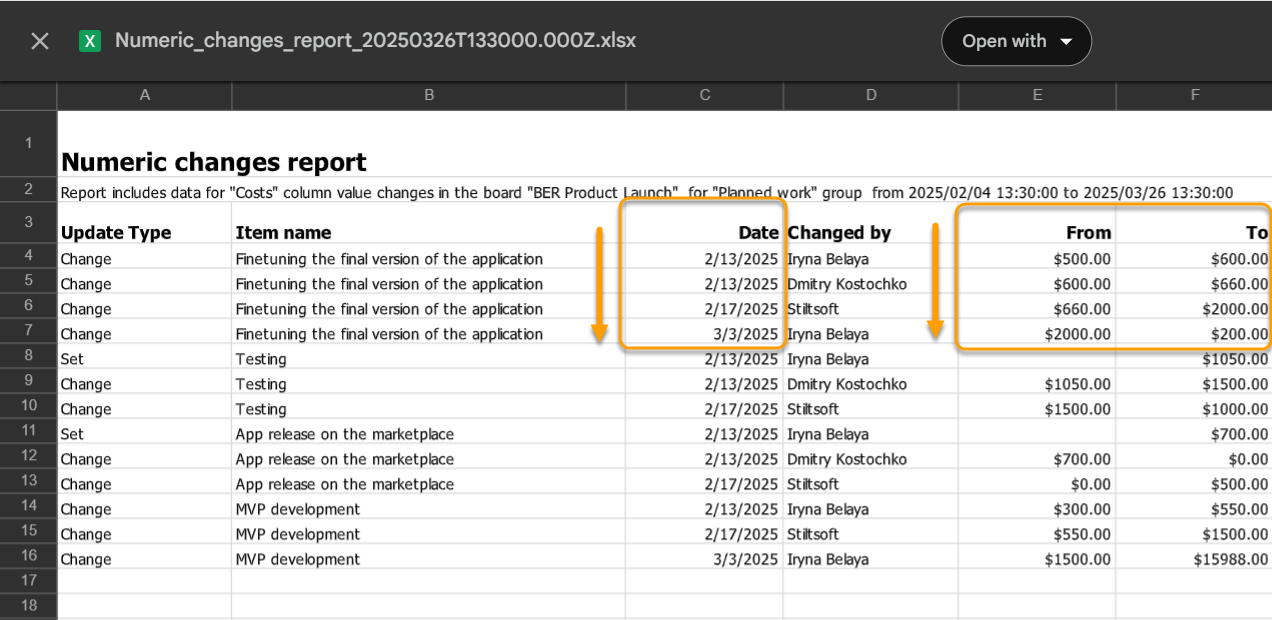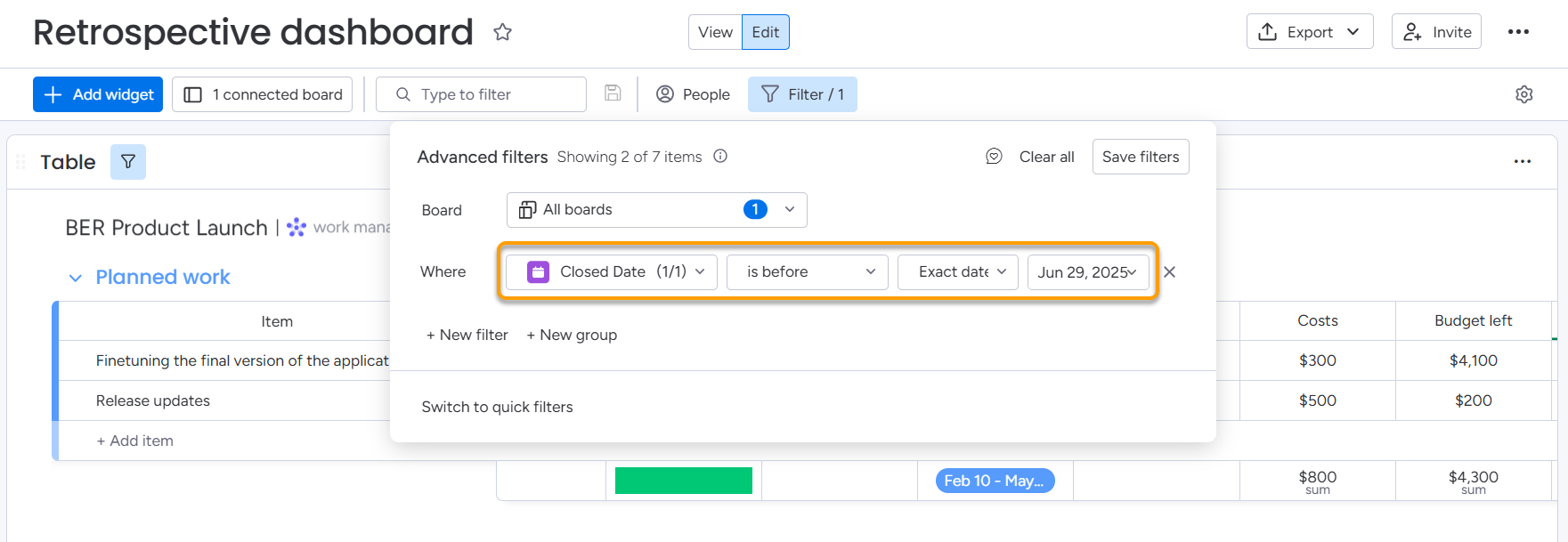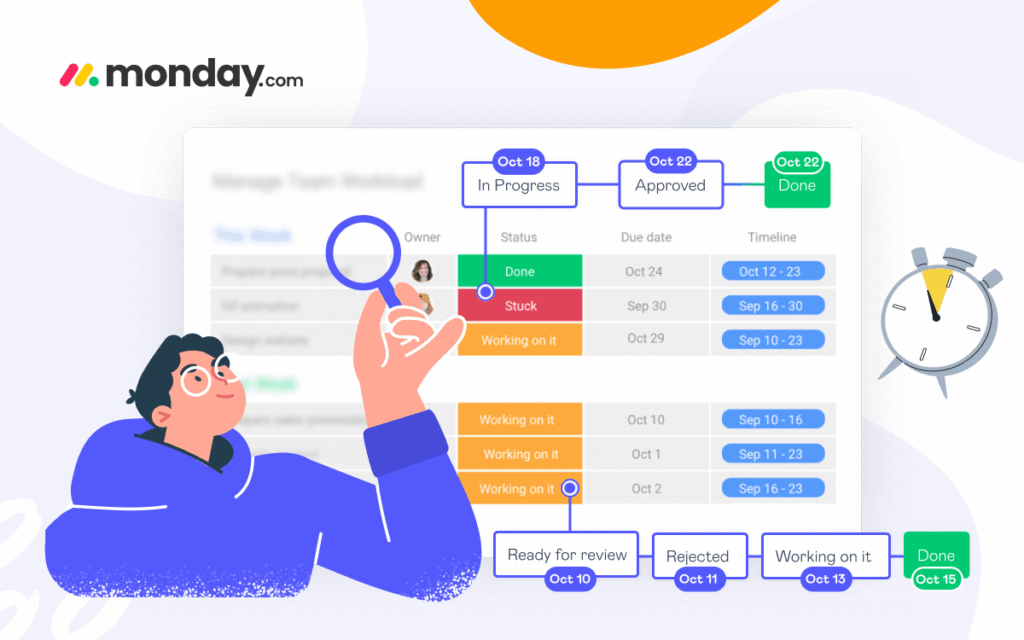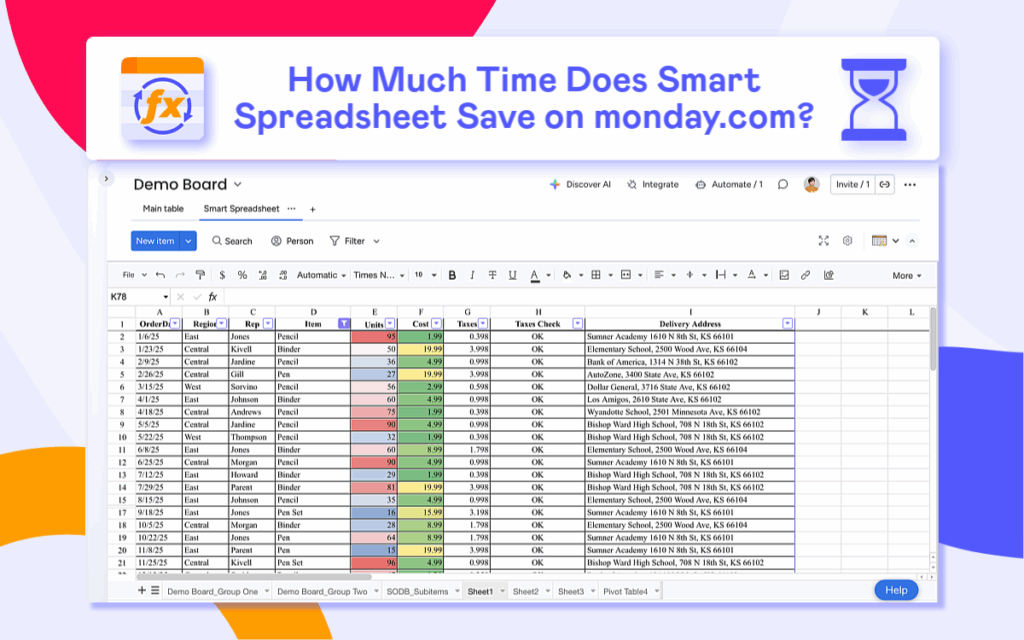How to View Board Versions in monday.com

As you know, a monday.com board is dynamic and constantly changing — but there’s no simple way to view board versions, or put simply, to see what your board looked like at a specific point in the past. This comes up more often than you’d think, especially in these scenarios:
- Reporting & audits – Review the board as it stood at the end of a sprint or month.
- Progress tracking – Clearly show what’s changed since the last client or stakeholder update.
- Compliance – In regulated industries (like finance, healthcare, or legal), keeping track of changes is required.
Being able to view past board versions supports transparency, accountability, and compliance.
Board & Item Activity Log
Every board has an Activity Log (Board Menu → Activity Log), where you can:
- View item creation, updates, status changes, people assignments, etc.
- See who made each change and when
It’s the most accessible way to track board history.
To check updates connected to a specific item, you can browse the activity log of a certain item like so:
⚠️ The amount of historical data available depends on your monday.com plan.
Limitations:
- Activity log is read-only — you can’t undo or restore from here.
- The log includes every update, so on busy boards it can be hard to trace how exactly how key project deliverables changed.
Board Archives as Board Versions
While monday.com doesn’t offer automatic versioning, you can create your own board snapshot workflow.
At the end of each sprint/month:
- Duplicate the board
- Rename it (e.g., Marketing Sprint – June’25 Snapshot)
- Move it to a “Snapshots” workspace or archive it
That copy preserves the exact board state at that time.
Once you need to restore data, click Profile picture → Archive → Select and restore the board needed.
Enterprise-Level Backups
If you’re on an Enterprise plan, monday.com maintains internal backups.
- These are not self-service
- But monday.com support may be able to restore board data in certain cases
If critical data was lost (due to error or automation), reach out to support promptly.
Track Board Changes with Board Email Reports
If you want a consistent, structured way to see how your board values progressed over time — without manual snapshots or digging through the Activity Log —
…try our app: Board Email Reports 📨.
It helps you:
- Track how your project deliverables evolved over any reporting period (weekly, monthly, or custom)
- Send automated Excel reports straight to your email
- Summarize changes clearly: what changed, when, and who changed it
Common use cases include tracking:
- Status updates (e.g., Done → Stuck)
- Budget, cost, and revenue changes
- ⏱️ Time tracking entries
- Overdue deadlines and timeline shifts
Example: Tracking Project Costs Over Time
As a Project Manager, you want to see how project costs evolve monthly.
With the app, you can schedule an automation rule like: Every month, create a report on items from the Group where the Costs column was changed withing the last 30 days and send the report to mycolleague@example.com.
At the time set, you will get a report with the XLS file that includes:
- All the items where the Costs column was changed
- Original and new values
- Timestamps that help you track how costs changed over the reporting period
- Who made the change and to what extent
This makes it easy to track progress, report it to clients, or catch anomalies.
If you go for this approach, our team can make a custom reporting automation. Reach to our team to discuss!
Date Column Logging
There’s another less obvious way to track item history on monday.com using the combination of the Date column + automations. This approach works best when you dedicate Date columns to key milestones like “Completed On” or “Deal Closed,” and use automations to log the exact date when those changes occur.
How it works:
- Add Date columns for key moments (e.g., Deal Closed, Completed On, Moved to In Progress).
- Go to the Automation center and create custom automation. For example,
- When Status changes to Done → set Date to today
- When Priority changes to Critical → set Date to today
Once you have this data, you can build dashboard widgets filtered by time:
- Chart showing items where Completed On is before May 1
- Table of deals closed between April 1–April 30
- Battery widget tracking sprint items that entered In Progress last week
This gives you a filtered view of what items were changed during that period.
While there’s no official board versions feature in monday.com, these workarounds give you solid ways to track monday.com board’s history — whether you’re running audits, monitoring team performance, or reporting to clients.
















